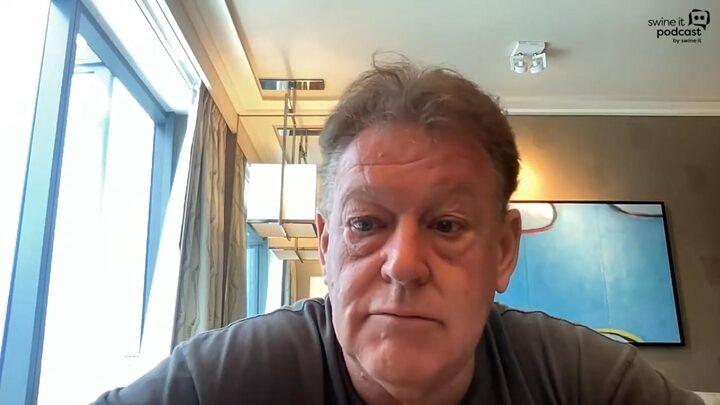Standardization of piglet euthanasia technique across a multiplication system
Published: February 22, 2023
By: J. W. Lyons 1,*, J. P. Cano 1, T. Snider 1, T. Riek 1 / 1 Health Team, Pig Improvement Company, Hendersonville, United States.
Summary
Keywords: piglet euthanasia, welfare.
Introduction:
Euthanasia of pigs on farms is a common and inevitable process for the well-being of the animals. The American Association of Swine Veterinarians along with the American Veterinary Medical Association set guidelines for appropriate euthanasia techniques based on the size and age of a pig. Piglet euthanasia presents a considerable challenge due to the general lack of body fat, small size, and difficult handling. There are limited methods to effectively render a piglet insensible that are safe for the caretaker. Furthermore, the most common method of blunt force trauma (BFT) has variable efficacy dependent upon the caretaker and is aesthetically disturbing for many. The goal to cease BFT trauma within the PIC system was followed by a thorough literature and product review. The review narrowed the scope to two types of euthanasia: CO2 gas and non-penetrating captive bolt (NPCB) gun. Due to previous negative experiences with CO2 gas euthanasia, NPCB was determined as the method of choice for piglet euthanasia in the multiplication system within North America.
Materials and Methods:
The Zephyr-EXL™ NPCB gun was the product purchased for the farms. Depending on the size of production at the site, at least two units were purchased (one main unit with a backup). Because the units are powered by compressed air, air compressors with a pressure gauge and capacity to reach 120psi were purchased for the farms. Keeping caretaker safety in mind, piglet restraints were constructed. The restraints were created using 10 inch PVC pipe that was cut longitudinally in half. The concave side of the halved pipe became the basin for restraining pigs. A key hole drill was used to create various sized holes for different sized piglet legs. The piglets are suspended in the basin of the pipe with the legs through the holes. A shoulder strap is pulled across the piglet’s back to prevent movement. The pipe is secured to a feed cart via threaded screws. A hand shield is used to prevent caretaker injury.
Results:
Since March of 2015, all of the multiplication system units have switched to NPCB euthanasia. Caretakers report 100% efficacy on the first attempt with the device when the air compressor is dialed to the correct pressure reading. The technique is effective regardless of the caretaker’s strength.
Conclusion:
In the interests of caretaker safety and well-being of the piglets in our care, BFT euthanasia was phased out on all multiplication system sites. NPCB euthanasia is the technique that replaced BFT. The new technique removes the caretaker needing a certain skill and strength to perform, and it has been well-received for its efficacy.
Disclosure of Interest: None Declared.
Published in the proceedings of the International Pig Veterinary Society Congress – IPVS2016. For information on the event, past and future editions, check out https://ipvs2024.com/.
Content from the event:
Related topics:
Authors:
PIC Genetics
Recommend
Comment
Share

Would you like to discuss another topic? Create a new post to engage with experts in the community.






